They say that ‘necessity is the mother of invention’. Indeed,there have been many great ideas spawned in eureka moments.
However, aside from Back to the Future’s ingenious flux capacitor, there have and will continue to be some clever concepts that never saw their true potential, and the filing cabinet on space-orientated ideas is bulging at the seams.
Let’s take the ‘space elevator’ (pun intended). This idea was first explored by Arthur C Clarke in his 1979 novel The Fountains of Paradise, where he envisaged a mammoth tower reaching into space.
More strange space stories:
- The strangest things found on the International Space Station
- Weird and wonderful stories from the history of spaceflight
- What are the weirdest stars in the Universe?
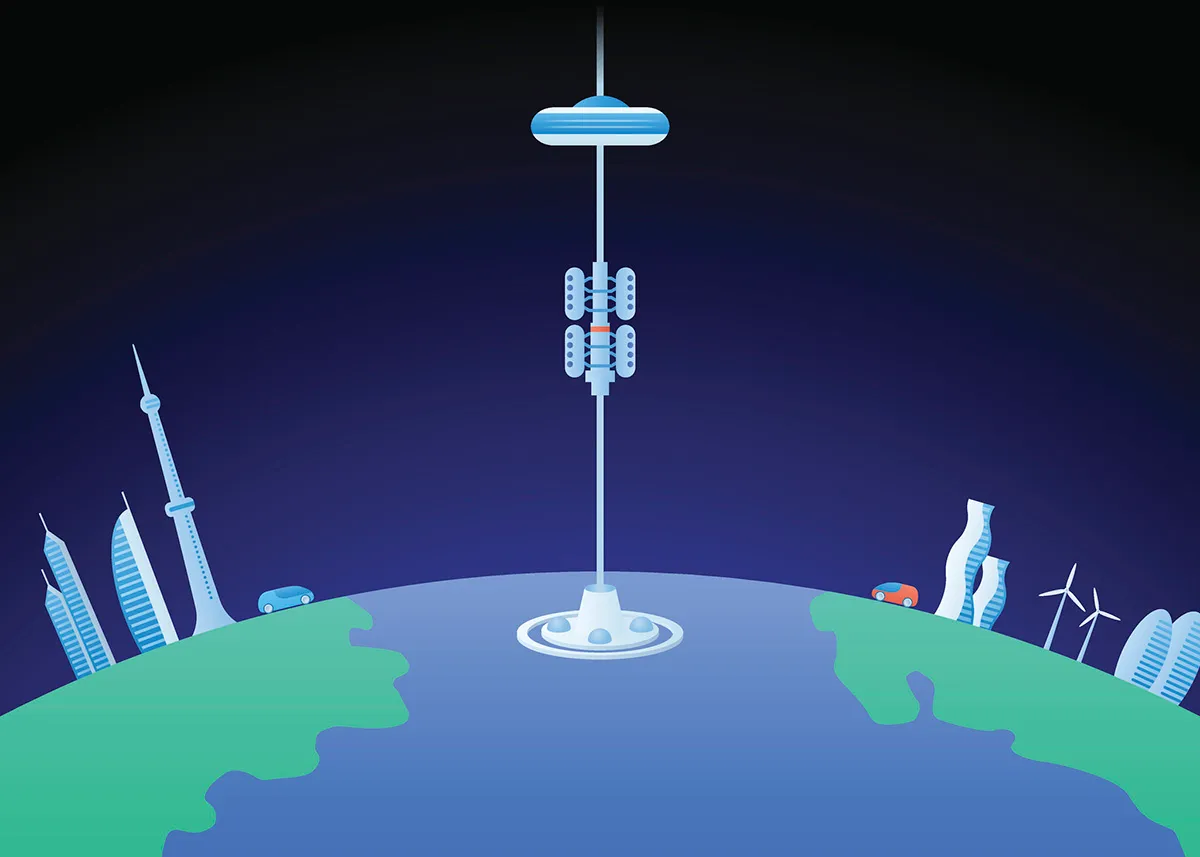
The plan was to reach beyond the gravitational pull of Earth, thus via the space elevator enabling material and supplies to be delivered some 36,000km up in geosynchronous orbit.
The space elevator, along with the parallel idea of the ‘spaceline’ – which proposed a tethered cable from the surface of the Moon back to Earth’s atmosphere – certainly carries merit.
However, the International Space Station, along with humankind’s passion to blast stuff from the ground upwards, have over time negated a need to develop such inventions.
Then there’s the ‘space gun’, or ‘Verne gun’ (after novelist Jules Verne’s fictional firing structure), powering craft into space almost cannon-style, but with no circus-style safety net.
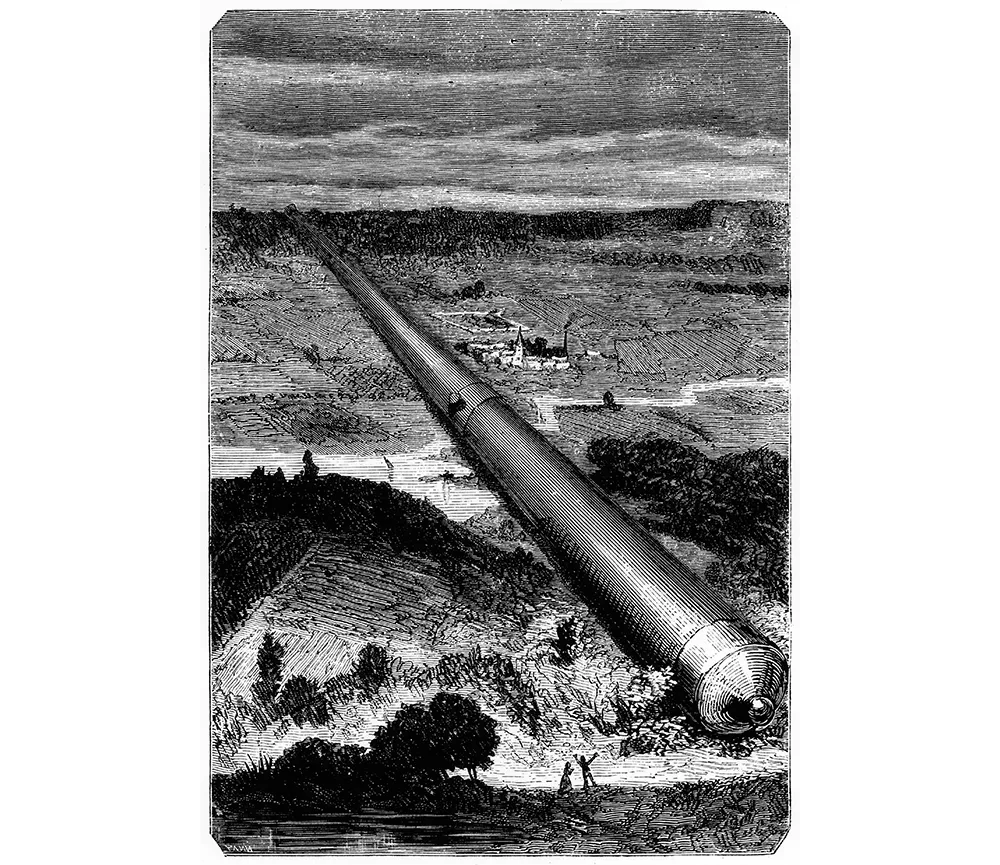
This concept gained serious attention for a time, particularly under America’s Project HARP (High Altitude Research Project) and its Martlet series of tests in the early 1960s, but the idea never really took off.
The ‘StarTram’ idea is not yet a dead duck but remains questionable. The system, probably situated on a high mountain summit, would use magnetic levitation (or maglev) where two sets of magnets repel and push equally to force the object forward.
One can imagine it as rather like quickly squeezing a tomato down a hosepipe but without the tomato touching the sides.
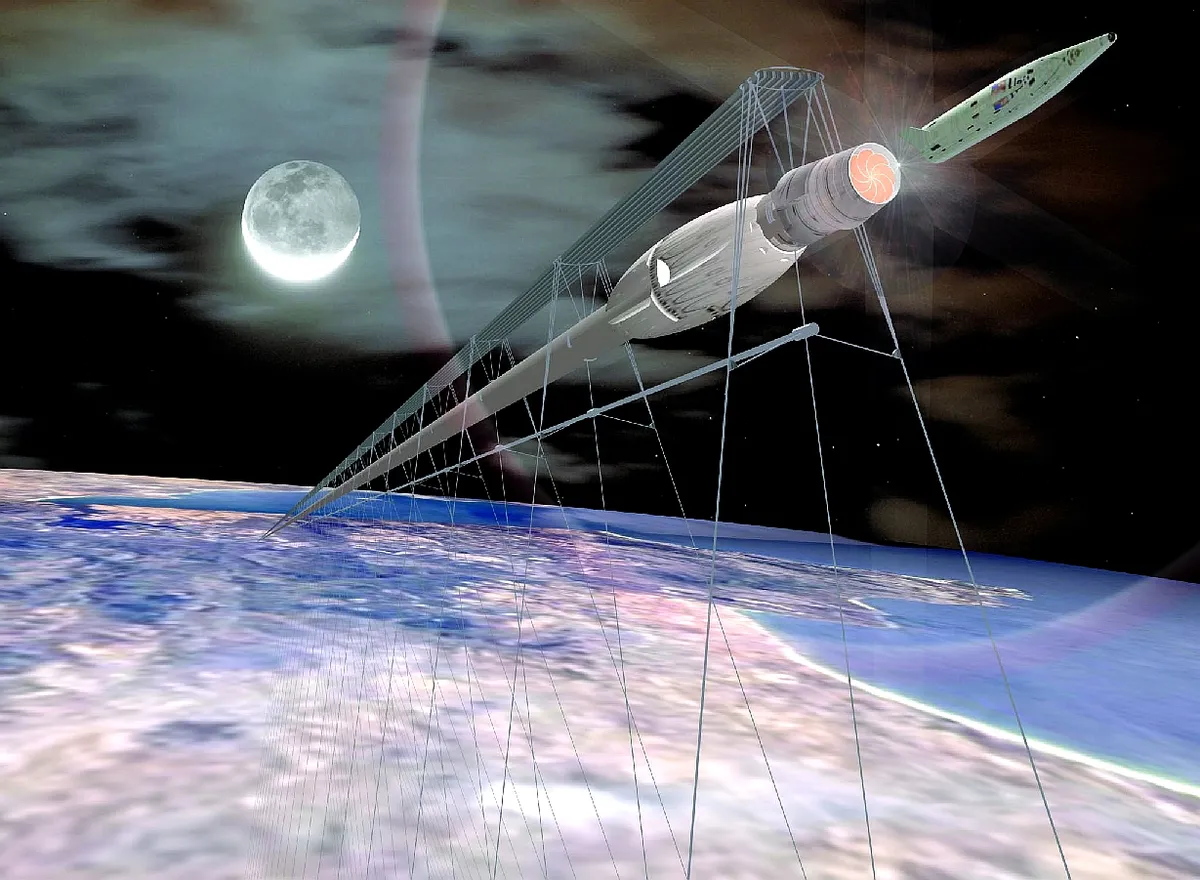
With the NASA Space Shuttle having commanded the skies, one feels somewhat sad for the Soviet version that was created as potential competition.
BURAN, meaning ‘blizzard’, was built and tested but that’s as far as the project went.
The questionable High-Altitude Venus Operational Concept (HAVOC) is an idea intended to send piloted, helium-filled airships cruising through the Venusian atmosphere.
One can predict that astronaut crew applicants will be thin on the ground on recruitment day.
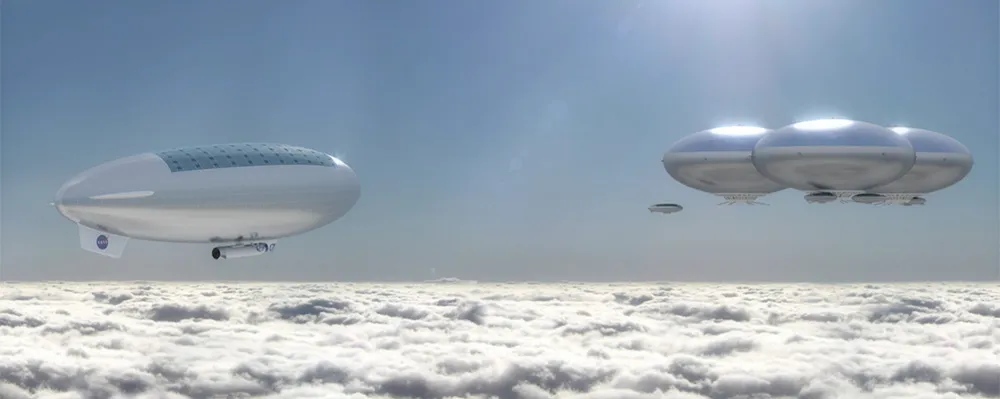
However, in order to properly appreciate the whole notion of the invention properly, one must look at the inventor: not the large corporations but the lone individual – an individual with a wonderfully creative mind, someone who really is out there!
Look no further than British inventor Rowland Emett OBE (1906–90) and his incredible Lunacycle, which upon inspection deserves the highest of praise.
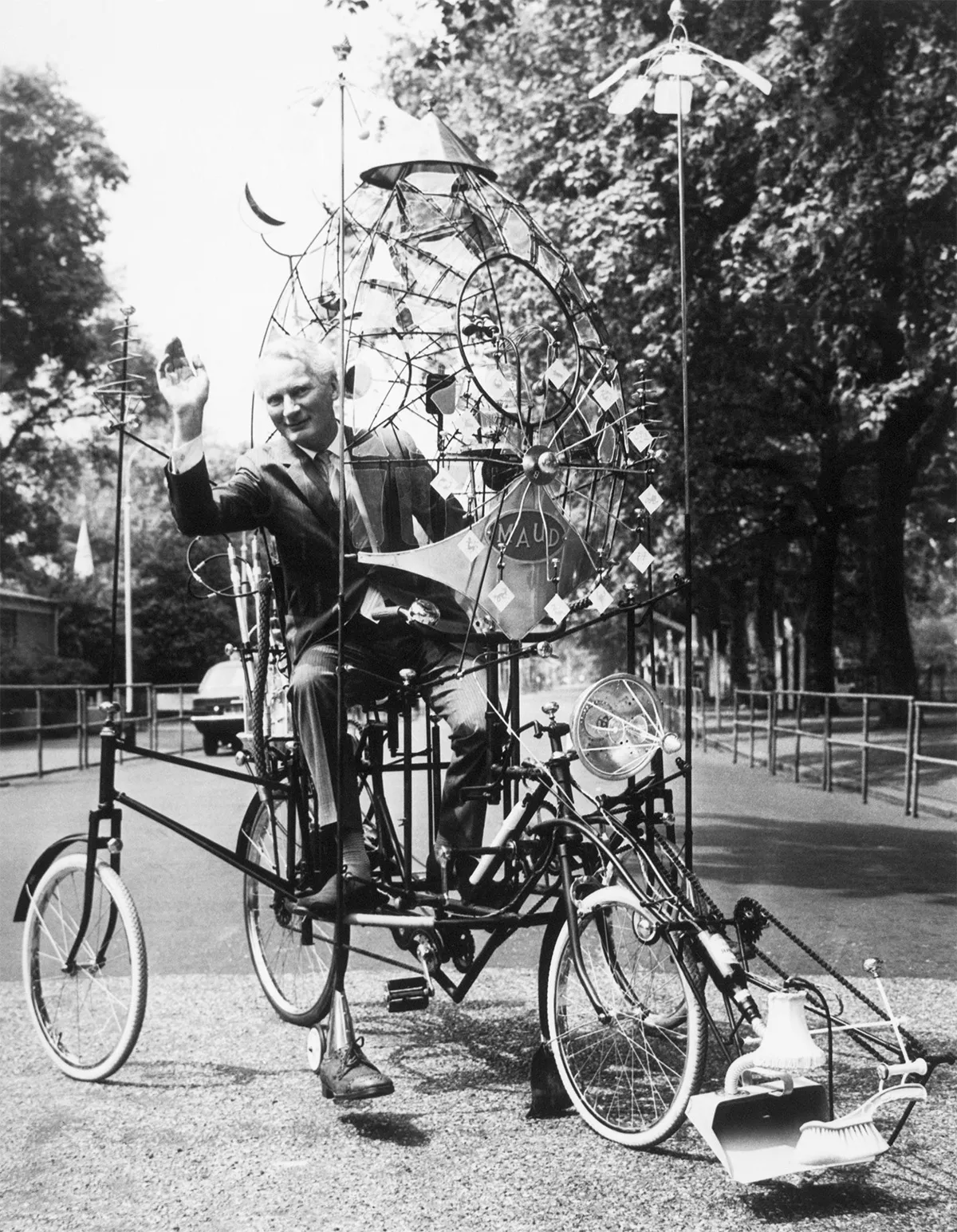
With its moving dustpan and brush to sweep up Moon dust, a cheese comparator unit to check the composition of comestibles supposedly located on the dark side of the Moon, and a cat to chase off the lunar mice, Emet’s invention would certainly have enhanced NASA’s Apollo technology after the "One small step for man…." event in 1969.
It is Rowland Emett and his kindred spirit that encapsulate the true sense of the word 'inventing'. And long may it continue.
This article originally appeared in the November 2021 issue of BBC Sky at Night Magazine.
